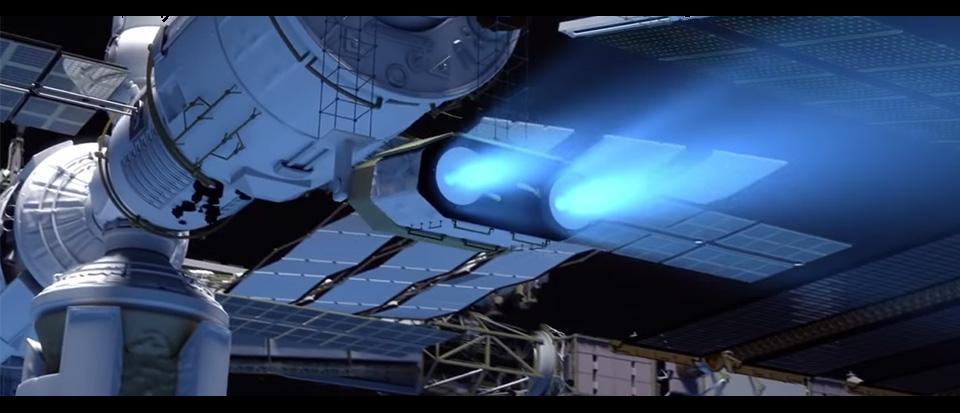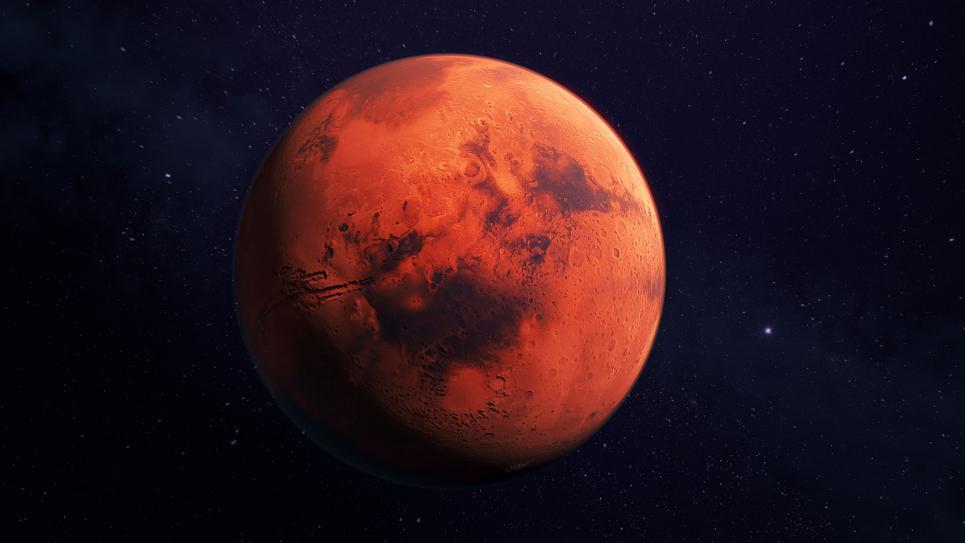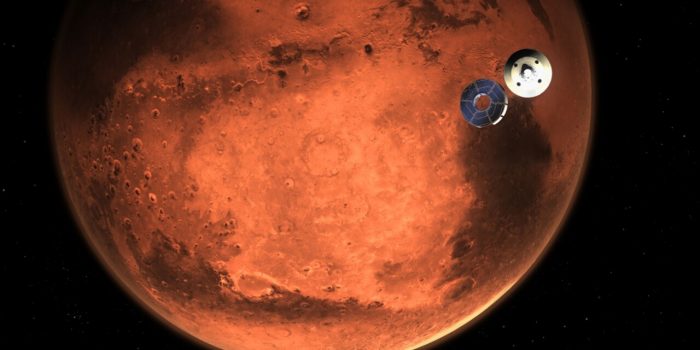Rocket technology tests that could drastically reduce the travel time to reach Mars are currently in process, lowering the chanceS of mechanical breakdowns and other lethal space threats for future Mars-bound explorers.
This summer, Ad Astra Rocket Company stated that its Vasimr VX-200SS plasma rocket had completed an 88-hour high-power endurance test at 80 kW, setting a new record. The test, outside Houston at the company’s Texas laboratory, achieved a world endurance record in high-power electric propulsion.

“The test is a major success, the culmination of years of trial-and-error testing and painstaking attention to detail and a handsome reward for the team’s tenacity and dedication,” said Franklin R. Chang Díaz, Ad Astra’s chairman and CEO, who served as a NASA astronaut on seven different missions, totalling 1,601 hours in space.
The Variable Specific Impulse Magnetoplasma Rocket (Vasimr) is a rocket that employs nuclear reactors to heat plasma to a temperature of two million degrees. Then hot gas is directed from the engine via magnetic fields, allowing it to achieve speeds of up to 123,000 mph. Ad Astra’s objective is not merely to speed up spaceflight but to make it safer. The Vasimr rockets will still need chemical rockets to get into orbit, and then, the plasma engine will be activated, considerably enhancing the rocket’s performance.
NASA anticipates that it will take seven months for humans to get to Mars and that there may be many catastrophic failures in the process. That is why Díaz told Popular Science in a 2010 interview, “chemical rockets are not going to get us to Mars. It’s just too long a trip.” Before launching to Mars, a conventional rocket must burn down its entire fuel supply in a single controlled explosion. In case of failure, the ship will be unable to change course, and mission control will have a 10-minute communications delay, leaving them helpless to watch as the crew starts to die.
However, Vasimr will maintain thrust during the route to Mars. It will accelerate steadily until, on the 23rd day, it reaches high speeds of 34 miles per second (54 km/second), four times faster than any existing chemical rocket. This would cut the expected seven-month travel in half, saving you about six months. Since we spend less time travelling through space, we are exposed to less solar radiation.

According to a recent study, Mars missions should not last longer than four years to ensure crew safety. This reduces the chance of mechanical breakdowns and the health risks associated with zero-gravity muscle atrophy. The ship’s plasma engine can produce propulsion at any time, so it might alter course if necessary.
In July, Ad Astra outlined its future ambitions following the successful plasma rocket endurance test. “With a new set of engine modifications already in the manufacturing stage, we’ll now move to demonstrate thermal steady state at 100 kW in the second half of 2021,” Díaz said in Ad Astra’s press release.

Various companies, such as DARPA, are developing nuclear-powered rockets. In 2025, the Pentagon agency declared it intended to create an over-low-earth nuclear thermal propulsion system. Thus, spaceflight appears to be heading toward nuclear power, which would considerably boost humanity’s ability to go to previously undiscovered parts of the Universe.


